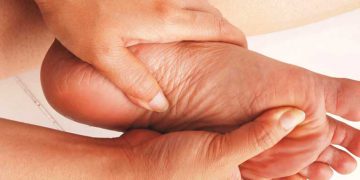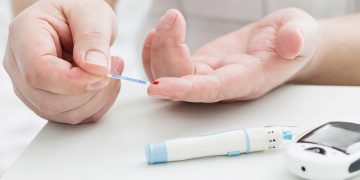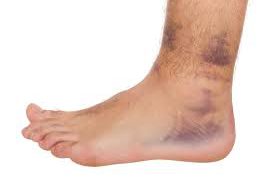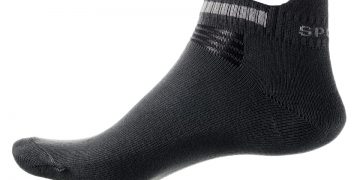What causes diabetic skin problems?
Diabetes is a medical condition characterized by the body’s failure to produce or properly use insulin. Insulin is a hormone that participates in breaking down food into energy for the body to use.
Diabetes is identified by a sudden increase in fatigue, irritability, a sharp loss in weight, and dry skin conditions. The body’s failure to produce insulin is identified as Type I diabetes, while the failure to properly use insulin is identified as Type II diabetes. Of the two, Type I diabetes is more severe and requires much more attention.
A person with diabetes has a blood glucose level that fluctuates. A diabetic’s blood glucose level increases and nerve sensitivity decreases, and the body loses fluids. The person also fails to sweat sufficiently when needed. This results in a drying effect on the skin, particularly in the legs, feet, and elbows.
What diabetic skin problems? Diabetes dry skin is more serious than ordinary dry skin because of the increased likelihood of infection and disease.
People with diabetes experience more frequent and severe dry skin symptoms and complications. Diabetes also causes a decrease in nerve sensitivity at the extremities. Due to the decreased sensitivity, it is often difficult to notice skin conditions until the problems have escalated to a more serious degree.
A common example of this would be the cracking of dry skin at the soles of a diabetic’s foot. The diabetic might not be aware of the dry skin and leaves it untreated for some time. After a while, the dry skin becomes so severe that cracks appear in the skin. Germs may then seep into the wound and, fed by the diabetic’s high levels of blood glucose, multiply quickly. The wound becomes infected and may lead to gangrene, which may require amputation to address.
The poor blood flow in the body of a person with diabetes may also slow the healing process, allowing the wound to gradually get worse.
Other typical Diabetic Skin Problems
In addition to dry skin, other skin problems may accompany diabetes. These include the following:
1. Necrobiosis lipoidica diabeticorum (“NLD”) is a rash that occurs on the lower legs. It is more common in women, and there are usually several spots. They are slightly raised shiny red-brown patches. The centers are often yellowish and may develop open sores that are slow to heal.
2. Diabetic dermopathy is a skin condition characterized by light brown or reddish, oval or round, slightly indented scaly patches most often appearing on the shins. It has been found to occur in up to 30% of patients with diabetes.
3. Bullosis diabeticorum are small to large blisters that develop underneath the skin and may rupture. While they are sometimes quite large, they are usually painless. There is no treatment and the blisters heal on their own, usually within three to four weeks and tend to leave no scars.
4. Acanthosis nigricans causes velvety dark brown to black lesions on the skin, usually on the neck, under the arms or in the groin. It is more common among Hispanics and African Americans, and is often associated with being overweight.
In addition to all medication and practices suggested by doctors, treatment of diabetic skin problems including diabetes dry skin involves a few simple self-care measures. For instance, including more fish in the diet will provide your body with high-quality oils such as Omega-3, which will help your skin to retain moisture and make it look younger. If you can’t eat fish, you can try fish oil capsules from the local drugstore.
What else can be done to improve diabetic skin problems?
Drinking lots of fluids are also important to replenish the moisture lost during the day. Replenishing your thirsty dry skin is important, and while more trips to the restroom may be in order, the benefits of having healthy skin and more energy even with diabetes will outweigh the inconveniences.
Use lukewarm water when bathing or showering in lieu of hot water, as hot water tends to sap moisture and cause dry skin. Use a mild soap or shower moisturizer, and rinse and pat-dry yourself thoroughly. Use a moisturizer or shielding lotion immediately after pat-drying, while your skin is still damp, to trap the moisture in your skin. Make the switch to all-cotton underwear, since it allows air to move around your body better than synthetic materials.
If you feel you have diabetes or are not entirely sure, it would help to pay a visit to your doctor. Your doctor will conduct a physical exam and ask about your medical history. If diagnostic tests reveal that your dry skin or other diabetic skin problems is a direct result of diabetes, he may suggest treatments and refer you to a more qualified dermatologist.
Reference:
For more information on diabetes skin problems visit www.dryskinsite.comDiabetes Dry Skin © 2007 copyright by DSquare Marketing and Della Franklin. Article Source: http://EzineArticles.com/?expert=Della_Franklin brings you all the latest information you need to combat your dry skin problems. There’s nothing to buy, just really helpful information.












